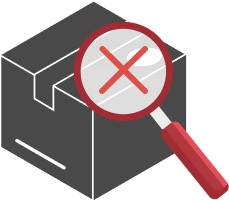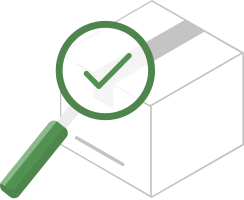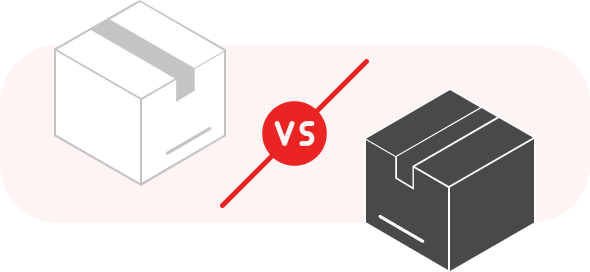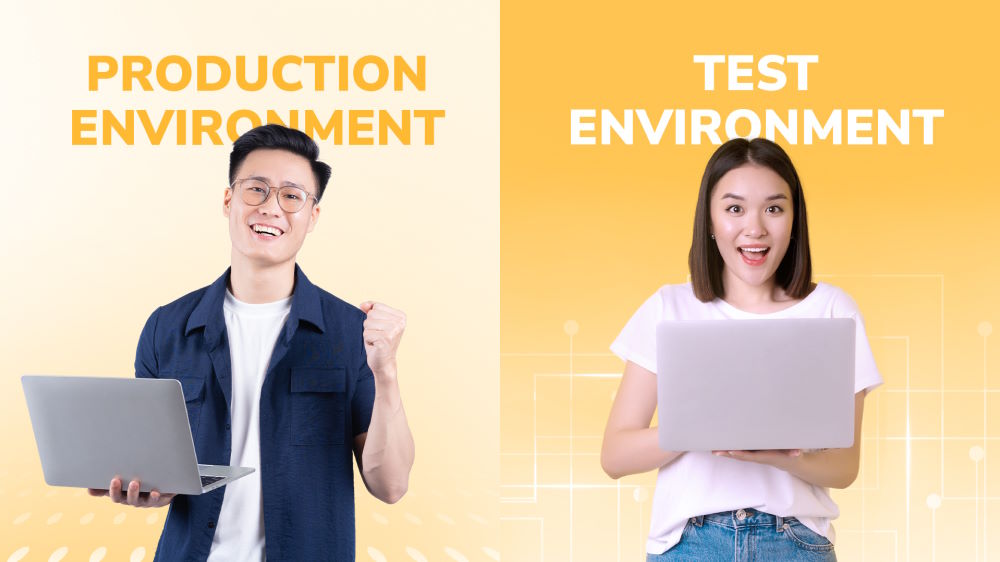
What’s the Difference Between Manual and Automation Testing?
Not sure if you should implement manual or automation testing into your software project? Here is how to choose the right testing method for you.


This article identifies some key differences and similarities between black box and white box software testing to give you an idea of each type.
Software testing is a crucial part of any software development life cycle whether it’s web or mobile application software. Testing not only validates the quality of the software product but also gives the developer a chance to improve it as well.
Almost every software application requires some level of coding whether it is a simple line of code or complex codes. To ensure that the code runs smoothly and performs its functions, the developer will have to run a few tests. There are two types of testing that developers usually perform at this point, namely black box software testing and white box software testing.
In this article, we will discuss both types of testing method and their processes. We will also identify some of the key differences and similarities between black box and white box testing.

Black box software testing is the testing method that analyses the functionality of a software or application without knowing much about its internal structure/ design or implementation. It is also known as behavioral, opaque-box, closed-box, specification-based, or eye-to-eye testing.
This software testing technique allows the tester to input information and to observe the generated output. A black box test will determine if the software or application delivers on its promise by evaluating all the relevant subsystems. Subsystems that are checked during a black box test include UI/UX, web server or application server, database, dependencies, and integrated systems.

Functional Testing
Functional testing focuses more on the critical aspects of the software, integration between the key components and the entire system. This method tests specific functions and features of the software and includes smoke testing/sanity testing, integration testing, and system testing. One common example of this type of testing is ensuring that someone can log in with the right credentials while others entering the wrong credentials are not.
Non-functional Testing
Non-functional testing goes beyond testing features and functionalities. Instead of checking to see if the software can perform an action, it checks to see how the software performs that action.
This type of testing will check to see if the software is easy to use and understand, how it performs under peak loads, if it is compatible with relevant devices and browsers, and if it is exposed to any security threats.
Regression Testing
Regression testing is applied to the functional aspects of the software to check if a new version exhibits a regression or degradation in its capabilities. This testing is done to check if a specific feature no longer works in a new version or if a well-performed operation performs poorly in the new version.



Unlike black box software testing, white box testers need to know everything about the inner workings of the software system including its internal structure design, implementation, code and others. This type of testing is done to verify the flow of input and output to improve the software design, usability and security.
White box software testing is also known as clear box testing, open box testing, transparent box testing, code-based testing and glass box testing because the code is visible to testers. This testing method tests the software for internal security holes and broken codes. It checks source code or binaries to provide feedback on bugs and other problems.

Unit testing
Unit testing is the first type of testing performed on an application. This usually continues on every unit or block of code as it is being developed. Unit testing is performed by a programmer who will have to develop a few lines of code or tests to make sure the software is working as expected.
The main advantage of unit testing is that bugs are identified in the early stages of the software development process which makes it easier and cheaper to fix.
Mutation Testing
Mutation testing is done on units of code to check the robustness and consistency of the code. The tester will make small random changes to the code and see if it has any effect on the expected outcome.
Integration Testing
Integration testing as the name suggests checks to see how the internal components in a software system work together or how they integrate with an external system.
White box penetration testing
White box penetration testing occurs when the tester acts as a hacker and attempts to attack the software application. This person will need to know the application’s source code, network information, IP addresses and server information. The main aim is to attack the code from various angles to expose any security threats and loopholes.
Static Code Analysis
Static code analysis identifies coding errors and vulnerabilities in static code. This is done by using predefined patterns or machine learning analysis.



They both help to achieve maximum bug elimination
Although one is performed at the end of the software development process and the other at every stage of the process, they both work to ensure that the application is free from bugs and performs its functions.
Detecting defects
Black box testing and white box testing detects defects in the overall behavior of the application. Both of these testing types are performed by testers who interact with the software to discover if the software is working well. If any defects are identified, they both help to discover the root cause of those defects.
Key differences between black box and white box testing

Black box testing and white box testing are on different ends of the testing spectrum and performed by testers with different knowledge bases. White box software testing checks for problems with specific components, while black box software testing checks the system as a whole. They both have their advantages and disadvantages and differences. However, employing both these testing methods ensures the best version of your software is available and that it works as expected.
Not sure if you should implement manual or automation testing into your software project? Here is how to choose the right testing method for you.
This guide is everything about Java integration testing, in which we are going to clarify its concept and what it entails.
Find out what a usability test script is, how to write one, and how Orient Software’s testing services help lower development costs and improve product quality.
Discover the latest software testing trends for 2023, including AI and ML testing, virtual and augmented reality testing, and heaps more.
The choice between production environment vs. test environment depends on various factors. Some businesses choose one of them, some opt for both.



